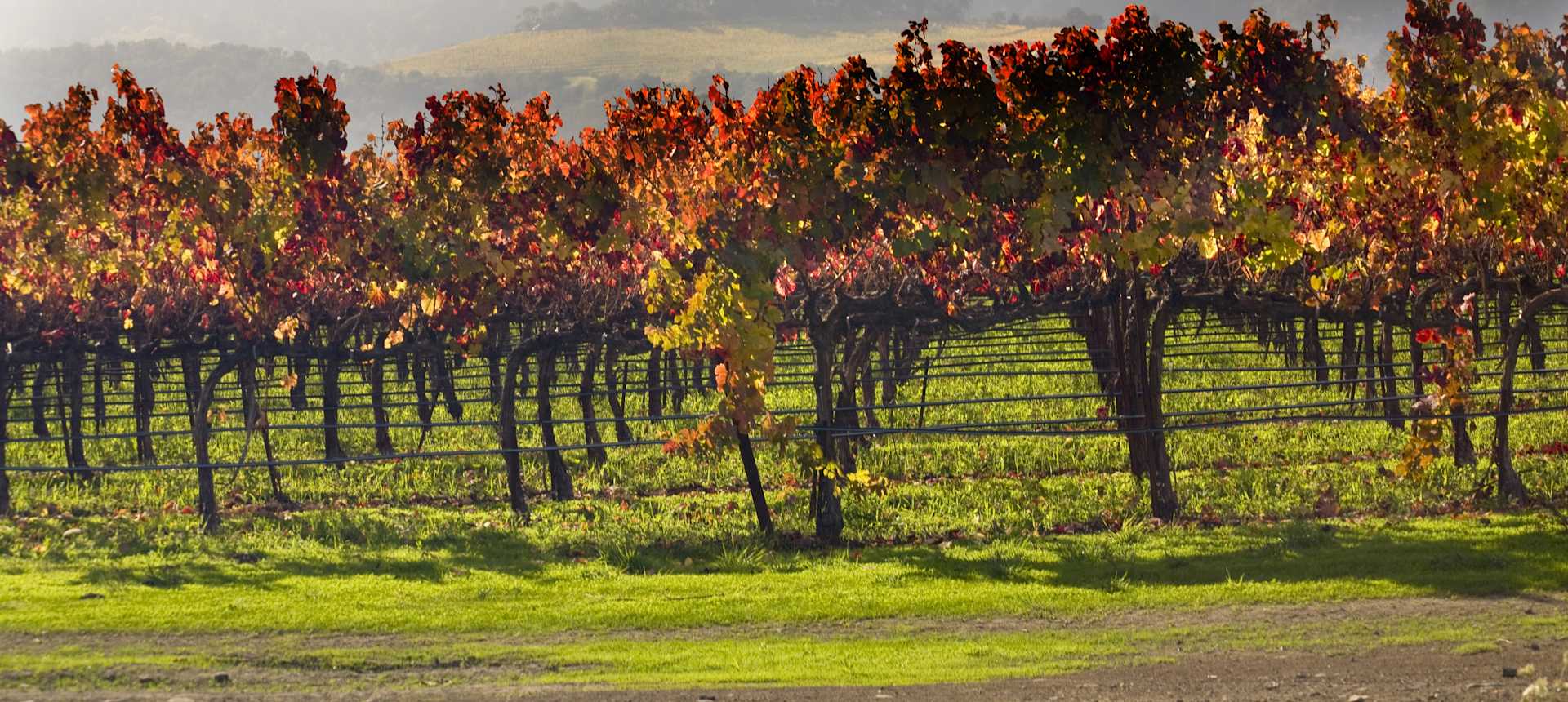Ca' del Bosco Franciacorta Cuvee Prestige Rose
-
Robert
Parker -
James
Suckling -
Wine
Spectator



Product Details
Your Rating
Somm Note
Winemaker Notes
More than a color, pink is like a suspended mood, a delicate transition from white to red in shades never quite one or the other. Franciacorta Cuvee Prestige Rose gives a magical sensation midpoint between two hues. The Rose color is obtained after brief maceration of red Pinot Nero grapes. Just a few hours are needed to get that special tint recalling springtime sunsets: you must seize the moment, an instant earlier it's too pale, an instant later it's too dark. And then a delicate blending with Chardonnay and slow, patient maturation. Cuvee Prestige Rose, the ideal Franciacorta for momentous occasions. Especially the most romantic.
Professional Ratings
-
Robert Parker's Wine Advocate
The NV Franciacorta Cuvée Prestige Rosé is a blend of 80% Pinot Nero and 20% Chardonnay. It exhibits a pale pink color that has evidently been studied and carefully executed. That same attention to detail is applied to the bouquet. Delicate and vibrant aromas of forest berry and cassis emerge slowly from the glass. It also shows subtle yeast aromas of baked bread or croissant. The wine's texture is lean and firm, and the soft effervescence serves to keep the palate clean.
-
James Suckling
With its rusty color, this is a bit suspect, but there’s actually some good dried peaches, dust and clay. Full-bodied and very intense but quite reserved somehow on the finish. Drink now.
-
Wine Spectator
A beautiful nose of cherry blossom and flavors of ripe raspberry and white cherry fruit expand on the fine, satiny palate of this vibrant rosé, accented by blood orange granita and grated ginger notes. Disgorged winter 2016. Drink now through 2023.





Ca' del Bosco is on the leading edge of the exciting new wave of Italian wine producers, making absolutely top-quality sparkling and still wines. Maurizio Zanella founded the winery in 1968, and dedicated himself to distinguishing the sparkling wines of Franciacorta. The winery owns more than 230 acres in the region, with vineyards planted to Chardonnay, Pinot Bianco, Cabernet Sauvignon, Cabernet Franc, Merlot, Pinot Nero and other indigenous Franciacorta grapes. Ca' del Bosco's reputation for sparkling wines has been secured by the excellence of its cuvées.
Situated among the gentle hills of Brescia, south of Lake Iseo, the Franciacorta region of Lombardy and its neighboring towns were historically better known for their production of firearms than wine. Maurizio Zanella has changed all of that and his talents have placed Franciacorta on the map of quality Italian wine regions. Zanella has worked to ensure the word "Franciacorta" would indicate a specific type of sparkling wine from a specific region, and would not be confused with "methode champenoise" or "spumante." In 1995, his dream came true and the sparkling wine of Franciacorta was named a D.O.C.G. to be marketed as "Franciacorta." Since the new D.O.C.G. standards require a minimum of two years aging before release, the first Ca' del Bosco Franciacorta D.O.C.G. were released to the international market in 1997.

What are the different types of sparkling rosé wine?
Rosé sparkling wines like Champagne, Prosecco, Cava, and others make a fun and festive alternative to regular bubbles—but don’t snub these as not as important as their clear counterparts. Rosé Champagnes (i.e., those coming from the Champagne region of France) are made in the same basic way as regular Champagne, from the same grapes and the same region. Most other regions where sparkling wine is produced, and where red grape varieties also grow, also make a rosé version.
How is sparkling rosé wine made?
There are two main methods to make rosé sparkling wine. Typically, either white wine is blended with red wine to make a rosé base wine, or only red grapes are used but spend a short period of time on their skins (maceration) to make rosé colored juice before pressing and fermentation. In either case the base wine goes through a second fermentation (the one that makes the bubbles) through any of the various sparkling wine making methods.
What gives rosé Champagne and sparkling wine their color and bubbles?
The bubbles in sparkling wine are formed when the base wine undergoes a secondary fermentation, which traps carbon dioxide inside the bottle or fermentation vessel. During this stage, the yeast cells can absorb some of the wine’s color but for the most part, the pink hue remains.
How do you serve rosé sparkling wine?
Treat rosé sparkling wine as you would treat any Champagne, Prosecco, Cava, and other sparkling wine of comparable quality. For storing in any long-term sense, these should be kept at cellar temperature, about 55F. For serving, cool to about 40F to 50F. As for drinking, the best glasses have a stem and a flute or tulip shape to allow the bead (bubbles) and beautiful rosé hue to show.
How long do rosé Champagne and sparkling wine last?
Most rosé versions of Prosecco, Champagne, Cava or others around the “$20 and under” price point are intended for early consumption. Those made using the traditional method with extended cellar time before release (e.g., Champagne or Crémant) can typically improve with age. If you are unsure, definitely consult a wine professional for guidance.

Containing an exciting mix of wine producing subregions, Lombardy is Italy’s largest in size and population. Good quality Pinot noir, Bonarda and Barbera have elevated the reputation of the plains of Oltrepò Pavese. To its northeast in the Alps, Valtellina is the source of Italy’s best Nebbiolo wines outside of Piedmont. Often missed in the shadow of Prosecco, Franciacorta produces collectively Italy’s best Champagne style wines, and for the fun and less serious bubbly, find Lambrusco Mantovano around the city of Mantua. Lugana, a dry white with a devoted following, is produced to the southwest of Lake Garda.
